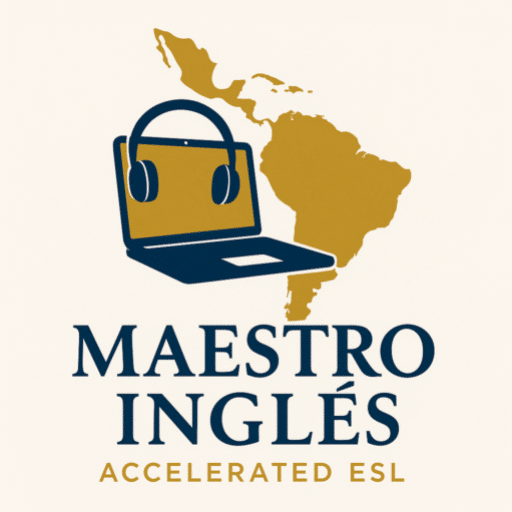Correctly use these politeness phrases
By Kenneth Beare Updated on March 20, 2019
Please, thank you, and you’re welcome are perhaps the most common phrases in English. Use please to politely ask for something, thank you or thanks when someone does something for you or gives you something. Finally, use you’re welcome as a polite response when something thanks you for something. Learn the rules and alternate forms of these three important phrases in English.
Please for Requests
Please is used in order to make requests more polite. It is added to the end of polite questions and is preceded by a comma.
Polite Question + , + please + ?
Could you give me a hand, please?
May I use your telephone, please?
Can I join your table, please?
Please can also be placed before the verb when asking a polite question:
Would you please help me with this?
Could you please explain the grammar again?
Please for Confirming Help
Please is also used to confirm an offer of help using the phrase yes, please.
Would you like to come with us? – Yes, please.
May I help you? – Yes, please. I’d like to know more about this month’s sale.
Giving Directions and Please
Generally, please is not used when giving directions or instructions, especially if there are a number of instructions to follow. For example, a teacher might give the following instructions to a class:
- Open your book to page 40.
- Read the introduction.
- Do the introductory exercises.
- Read the passage.
- Take the multiple choice follow-up quiz.
Please can be used when giving instructions to make the order more polite. This is usually done when only one order (or instruction) is given and is used only in spoken English.
Please sit down.
Pay attention, please.
Please fill in this form.
Notice that please is placed at the beginning or end of the instruction.
Thank You
Thank you is used when a compliment is given:
You’re a fantastic tennis player! – Thank you.
I really enjoyed dinner. It was very tasty. – Thank you, I’m glad you like it.
Thank You to Accept and Refuse Offers
Thank you is often used at the beginning of a reply to an offer. It can be used in both the positive and the negative form to either accept or refuse an offer.
Would you like something to drink? – Thank you. I’d like a cola, please.
Do you want to join us at the concert tonight? – No thank you. I need to study!
Thanks
Thanks is also used in the same manner as thank you in informal situations.
You’re Welcome
The phrase you’re welcome is the most common response when someone thanks you for something. You’re welcome is a phrase that comes from the German word willkommen. However, as you can read below, the use is very different than in German.
Other phrases for saying you’re welcome include:
Formal
Don’t mention it.
Not at all.
My pleasure.
I’m glad to have been of help.
Informal
No problem.
Sure.
Certainly.
When to NOT use Please
Please is not used as a response to thank you.
WRONG
Thank you. – Please.
RIGHT
Thank you. – You’re welcome.
Thank you. – No problem.
Thank you. – Not at all.
The Use of Please and Thank You Compared to Other Languages
The use of please and thank you in English is very important. Please and thank you have their equivalents in other languages, but the usage of please and thank you in English is not always the same. Let’s take two examples one from German and one from Italian in which a translation of please is used in Italian or German, but not in English.
Italian “Please” – Prego
Posso sedermi? – Prego
Literal English translation:
Can I sit down me? – Please
Proper English translation:
Can I sit down? – Certainly
German “Please” – Bitte
Vielen Dank! – Bitte schoen!
Literal English translation:
Many thanks! – Please pretty!
Common English translation:
Many thanks! – You’re welcome!
Please, Thank You, You’re Welcome Quiz
Fill in the gap with please, thank you, or you’re welcome depending on the situation.
- Could you _____ help me with my homework?
- Would you like to have dinner early today? Yes, _____.
- Thank you for your advice. – _____. I’m glad you found it helpful.
- Would you like something to drink? _____. I’m not thirsty.
- Another way to say _____ is my pleasure.
- _____ sit down and begin the lesson.
- Could I sit down next to you? Certainly. – _____.
- May I use your restroom, _____?
- _____ to use my study if you would like.
- _____ for your help on the test. I got an A!
Answers
- please
- please
- You’re welcome
- Thank you
- you’re welcome
- Please
- Thank you
- please
- You’re welcome
- Thank you
About English Functions
The use of please and thank you are known as functions. Learning correct language functions will help you understand and use the correct phrases and grammar in specific situations.
